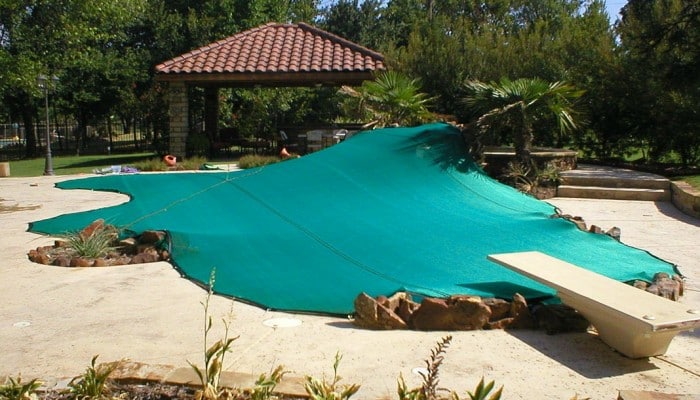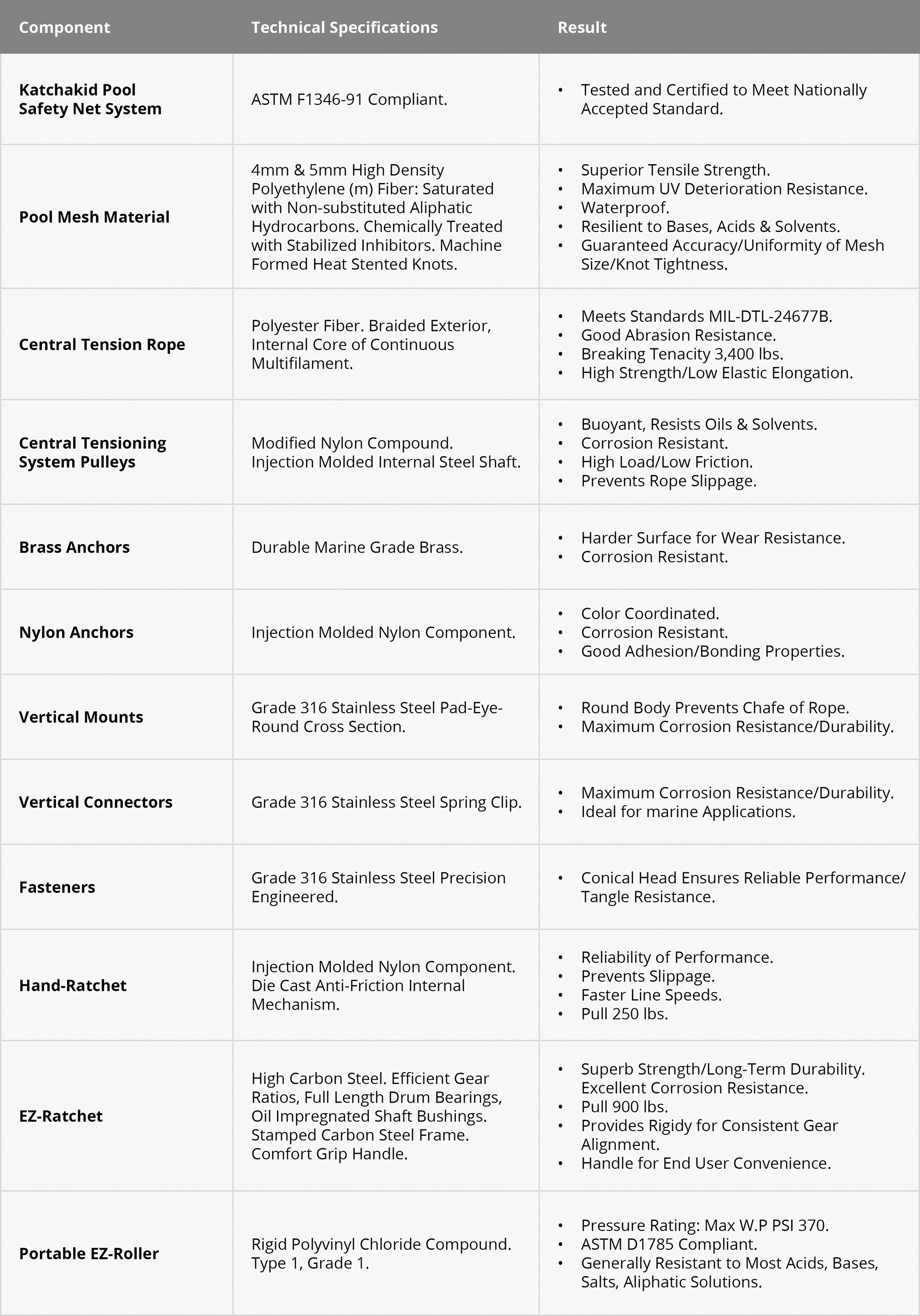This website uses cookies so that we can provide you with the best user experience possible. Cookie information is stored in your browser and performs functions such as recognising you when you return to our website and helping our team to understand which sections of the website you find most interesting and useful.
Pool Fence Installation
Pool Fences
Pool Safety Fence
Product Summary
Fittings
Gates
Installation
Gallery
Katchakid Pool Fence Installation
Is a Pool Fence Right for You?
Katchakid pool fence installation – when you are your technicians plan out your fence path, you want to make sure it will effectively block all access points to the pool area. You’ll also want to consider access to yard maintenance, pool equipment, play areas for the children and access to grass for pets. A Katchakid representative will be happy to consult with you regarding your choices of pool safety barriers based on the configuration of your pool and yard.
Here’s How it Works
The Katchakid Removable Pool Fence is a concentric tension-based fencing system that uses a series of 15-foot sections of fencing panels. The panels are manufactured from Textilene; a durable polyester woven mesh coated in a marine grade polyvinyl. The fence is anchored into non-conducting, non-corrosive polypropylene sleeves that are core drilled four inches deep into the pool’s decking or other solid surface. We provide deck caps to cover the deck sleeves and give a finished look. The fencing panels are connected at the top of each pole by a 2.5-inch safety latch.
Pool Fence Installation Path – Surrounding the Pool

Deck Surface Requirements
Conforming to Your Pool and Backyard
Concrete Footings

Using Pool Fencing Along with Existing Structures
When applicable some pools may be partially fenced with a removable pool fence that also uses existing structures such as the property’s perimeter fencing, a wall, a part of the house or another outside structure to complete the barrier surrounding the pool. These structures may be wood, wrought iron, aluminum, stone or masonry and should be at least five feet high and in good condition.
Further Considerations for Routing Your Pool Fence Installation
- Is the surface level? If so, the fence will be safer and will be more aesthetically pleasing to the eye.
- Are there any steps in the pool deck that the pool fence will cross?
- Are there any sprinkler lines, gas lines, electrical lines possibly buried in the path of the fence?
- Will the fence traverse over any large dips in the surface (concrete or dirt) that could allow a child to crawl underneath and access the pool? Some concrete decks have in-deck drains that have drastic slopes in the concrete to the drain.
- Are there any windows, doors, or pet doors that can easily be opened by the child to allow access to the pool area? If so, the fence should follow a path that blocks access.
- Is there a structure too close to the fence path that a child can use to climb the fence? Common structures include: pool furniture, large toys, potted plants, trees, boxes, etc. Use your imagination, because kids certainly will!
- Is there an outdoor cooking, or bar area that is too close to the fence path? Could children use this structure to climb over and have access to the pool? Most cook areas are too short, or difficult to attach a pool fence to due to countertop design, or poor construction materials.
- Have you chosen the safest possible route? For maximum security, consider routing your fence no less than 36 inches from permanent backyard features such as natural rocks and barbecue areas.
Schedule a Free Consultation





